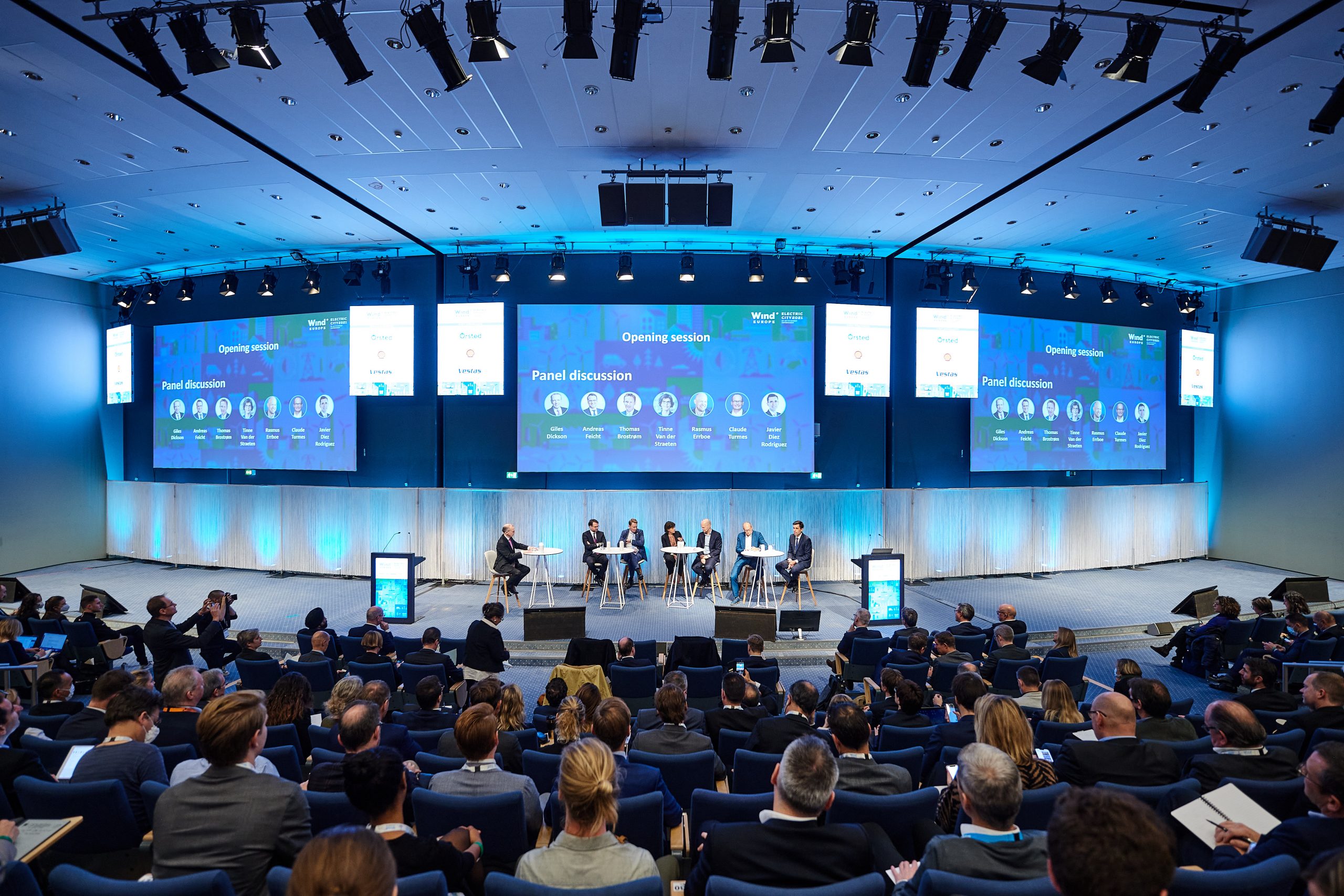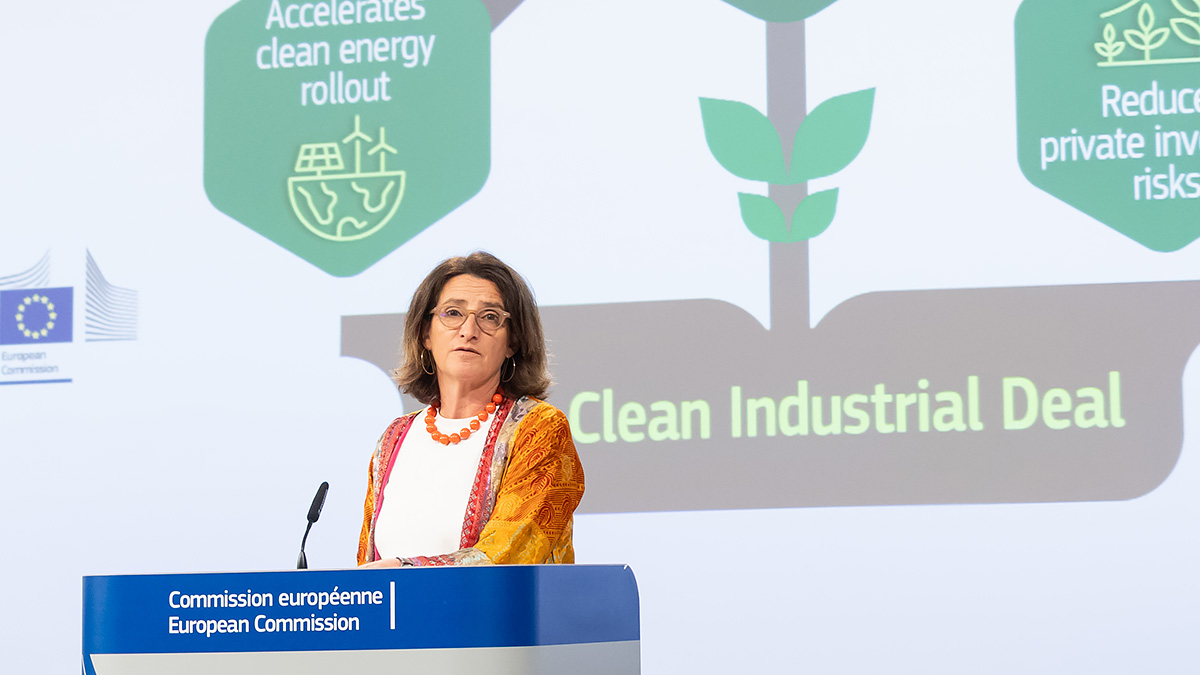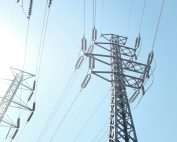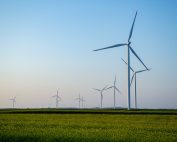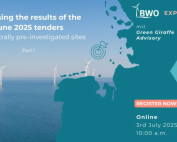An exciting edition of the Electric City 2021 conference in Copenhagen is behind us. The industry was able to meet in person after a difficult pandemic period for all and talk about the near future of wind energy in Europe. We have already achieved a lot – approaching 200 GW of installed wind power. The question is – what next? Here are the most important topics discussed in the industry. Read our special report about Electric City 2021.
Electrification and the role of wind energy
Europe is facing the challenge of widespread electrification of practically all sectors of the economy. This is related to the growing demand for energy, which Europe wants to cover in large part from RES. Ambitious, but is it realistic? It seems so, but strong development is needed for RES to play a significant role. The gradual increase in wind power capacity is encouraging, but it is not sufficient to meet the targets. In order to fully electrify the energy system, the EU needs to increase wind energy to 1000 GW onshore and 300 GW offshore by 2050 from the current level of… 180 GW. How to accelerate the sustainable development of wind energy?
Permitting and staff
The industry talks about the need to speed up permitting, investment processes and optimise operations. In public administration there are not enough qualified people to speed up the process of documentation analysis. Projects are also slowly running out of staff, so along with setting targets for wind energy, reforms to the education system are needed, as well as support for training or retraining workers with key skills.
The COVID-19 pandemic has caused many manufacturers to rethink issues related to efficient delivery, logistics and transport. Would bringing production to Europe solve the problems? It is not a simple matter.
The symbiosis of wind power and hydrogen
There is no longer any doubt that hydrogen will play a significant role in decarbonisation particularly in areas where electrification is inefficient or too expensive. Green hydrogen production may be most effective when combined with gigawatt capacity in offshore farms. Moreover, investors want to produce hydrogen directly at a turbine mounted at sea. The key is to prepare the infrastructure for hydrogen production, but also the ports that will be the heart of offshore wind development and efficient logistics.
Environmental and climate protection
The development of RES is linked to the premise of climate protection and prevention of its changes. Every human activity has an impact on the environment, including the construction of wind farms. Investors focus in particular on environmental studies and the reduction of the footprint in the investment process. The development of offshore wind farms raises challenges for the ecosystem of the seas and oceans. Europe is looking for ways to reduce the environmental impact as much as possible and to “blend” the wind turbines into the surrounding environment.
Recycling and end-of-life reuse technologies is an oft-mentioned topic. In an era of limited raw materials and more expensive materials, recycling all the components used for turbines and blades will help to take sustainability to the next level.
The role of the voice of society, which is increasingly vocal about the ‘pollution’ of the landscape by wind turbines, is not forgotten. This issue is not just about onshore energy, but offshore. How to talk to the local community and authorities? Offshore wind turbines development requires skilful negotiation with other marine users – maybe it’s time to sit down at the table?
Hybrid projects and energy islands – the future of wind energy
The widespread development of wind turbines is increasing the need for countries to cooperate in the development of interconnections between wind turbines and the energy systems of several countries. This will increase project efficiency and accelerate decarbonisation. Already today, the co-operations that are forming are giving another gear to the development of the industry. Hybrid projects will connect the North Sea and Baltic Sea countries into one grid. The question is how to do it? Who will bear the investment costs, will joint auctions be organised, what about regulations? Many questions still remain unanswered.
Energy islands are an innovation that the whole of Europe, especially Denmark, is waiting for. Will they also appear in other countries? For now, the industry is keeping a close eye on Denmark, which is consistently proceeding with projects.
